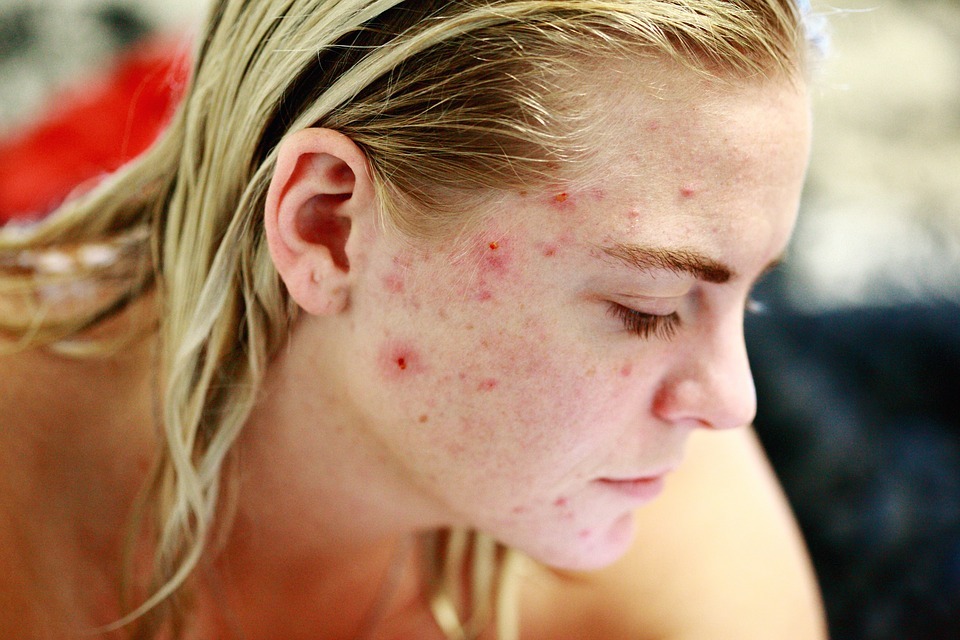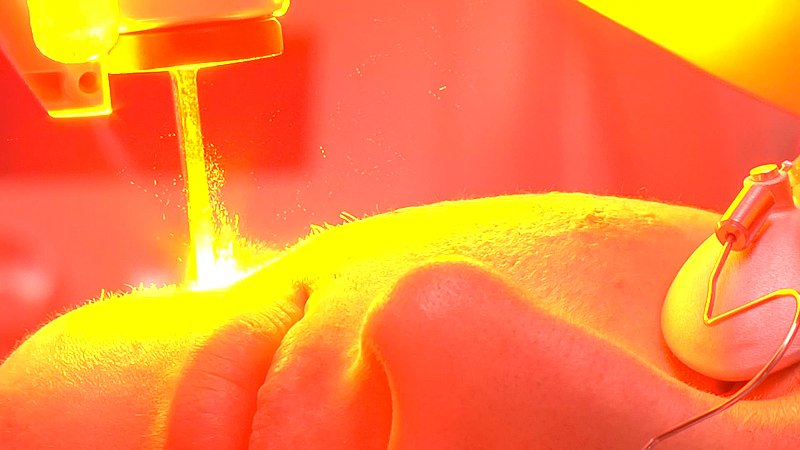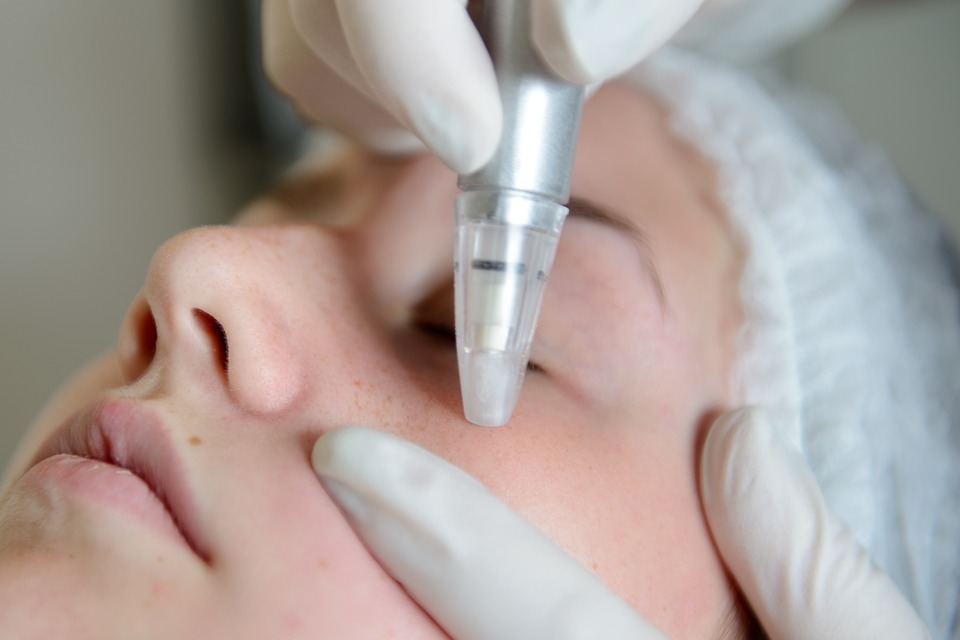Having acne is one thing, but scars are another. Acne goes away eventually, even without treatment or any help from your skincare products – the products only help make recovery quicker. On the other hand, scars are a bit tougher to deal with. Some require advanced treatment if you really want to make it disappear and bring back your better-looking face.
But to know what treatments to do to make your acne scars disappear, you have to distinguish it from acne marks and know what type of acne scars you have.
Acne marks vs. acne scars
When you develop pimples and acne, the discoloration that forms dark or pink marks is called acne marks. The inflammation in the skin leaves behind a stain that is part of the natural healing process. It revs up pigment production, creating a mark that fades over time over weeks, or up to 6 months. There are skincare products you can use to speed up this natural process like sunscreens, exfoliating masks, retinoids, and more. Acne marks are smooth to the touch – not indented or raised like acne scars – which signifies that there is no permanent damage on the skin’s collagen.
On the other hand, acne scars are formed when the normal tissue on the skin is damaged and replaced with fibrous tissue. This acne lesion causes a wound. When the damage caused by acne is severe, the body can respond by creating too little or too much tissue. When too much tissue is produced, it forms a raised scar or a hypertrophic or keloid scar. Meanwhile, when there is too little tissue, it leads to the depression on the skin that causes atrophic scars.
Raised scars may be firm and tender, while depressed scars look like pits or craters. Raised scars can be hypertrophic, which are thick and sticks out above the skin; while others are keloid, which is over-healed and looks like dense and rubbery skin tissue.
Meanwhile, there are three specific kinds of depressed or atrophic acne scars:
- Ice pick scars – these are deep scars but small in diameter. Usually, they have jagged edges, while sometimes they look like a large, scooped-out pore.
- Rolling scars – These scars resemble hills and valleys. They are broad depressions that have rounded, sloping edges.
- Boxcar scars – These scars tend to be rectangular, with steep and defined edges.
Doing things like popping your zits and picking at it can cause damage to the skin that causes scarring. Sometimes, even if you are really careful with your skin, scars can still develop due to your genetics and lifestyle habits. There is no one way to prevent acne scars, but as a good practice to avoid it, you must care for your skin using appropriate skincare products. You also need to resist picking, poking, or touching a pimple.
How to treat acne scars
Topical creams may only work on acne marks, but pitted or depressed acne scars need more than that. Now that you know what acne scars are, here are some helpful treatments on how to get rid of acne marks and scars.
1. Laser treatments
A lot of dermatologists often treat acne scars using lasers. These do not completely eliminate the scar, but it can improve them by at least 30 percent. Laser treatments are helpful in reducing redness associated with scars and acne marks. This type of treatment comes in two forms: ablative and non-ablative. Ablative lasers help resurface the skin through removing outer layers, while non-ablative lasers create changes in the dermis without causing damage to the skin’s surface.
Ablative lasers burn the skin tissue in a controlled manner to reduce atrophic scars, making the skin look smoother and the overall look of the scarring softer. These types of lasers use carbon dioxide and erbium YAG lasers. Skin usually heals within two weeks after this treatment but remains red for a period of time after healing. The redness fades over several weeks to several months.
In the case of non-ablative lasers, it tightens the skin to stimulate new collagen formation. They are recommendable for mild acne scarring and pigmentation problems.
2. Punch excisions
The punch excision is a procedure done to those with icepick scars and other narrow depressed scars. With this technique, dermatologists use a small punch tool that looks like a tiny, circular cookie cutter that cuts the scar from the skin. Once the scar is removed, the skin is sutured closed. With a tiny stitch. The stitch is removed in less than a week. There is a small scar that may be left resulting from this treatment, but it is generally less obvious than the original one. After excising the scar, a skin graft is used to fill the void.
Again, punch excisions still leave a scar, but it’s less noticeable than the pitted scars you originally had. However, doctors caution against this method for those who are prone to hyperpigmentation and those with darker skin tones.
3. Subscision
Subscision, a shorter term for subcutaneous incision, is used to treat rolling acne scars and some depressed acne scars. This is a simple surgical procedure wherein the doctor inserts a needle or a small scalpel to run parallel to the skin’s surface. The instrument cuts the bands of tissue that flatten the skin to a deeper structure. The skin visibly lifts once these bands have been released, making the skin flatter and smoother in appearance. Since it uses incision, this surgical procedure is performed under local anesthesia.
4. Dermabrasion
Once considered as a standard in acne scar treatment, dermbrasion is now used less often in favor of laser techniques. Dermbrasion uses a rapidly rotating wire brush that abrades the top layer of the skin to treat boxcar scars. After the healing period, the scars were softened, and pitted scars are reduced in depth. However, this procedure is not for people with ice pick scars because it may make it look more prominent. Also, it may cause pigmentation changes in darker skin tones.
5. Dermabrasion
Microdermabrasion is a procedure wherein a professional (at the dermatologist office or day spa) uses a machine that discharges ultra-fine aluminum oxide crystals through a tube and unto the skin. The crystals are simultaneously vacuumed away as they do the procedure. It needs a series of treatment, so you need to go back to for several sessions to finish the treatment. This procedure only works on the surface skin cells, so it works best for scars or marks that are hyperpigmented.
6. Dermal fillers
For depressed acne scars, one option for you is to try dermal fillers. Through this procedure, a doctor injects a filler substance into an acne scar to elevate the base of the scar and make it even with the skin’s surface. Substances like fat, hyaluronic acid, and human and bovine collagen are transferred from the patient’s own body then filled into the face’s skin. Results are not permanent, so you need to repeat the treatment after several months.
7. Steroidal injections
Steroidal treatment is often used to alleviate keloid and hypertrophic scars, or the types of acne scars that rise to the surface of the face. Through this, steroids can be injected directly into the scar tissue, which causes the tissue to shrink or flatten. This way, the overall appearance is improved, and the scar is softened. It can be administered the same day you call your dermatologist because it’s very fast. It can immediately reduce the inflammation of existing acne scars, while the cortisone can help keloid scars appear flatter and softer.



